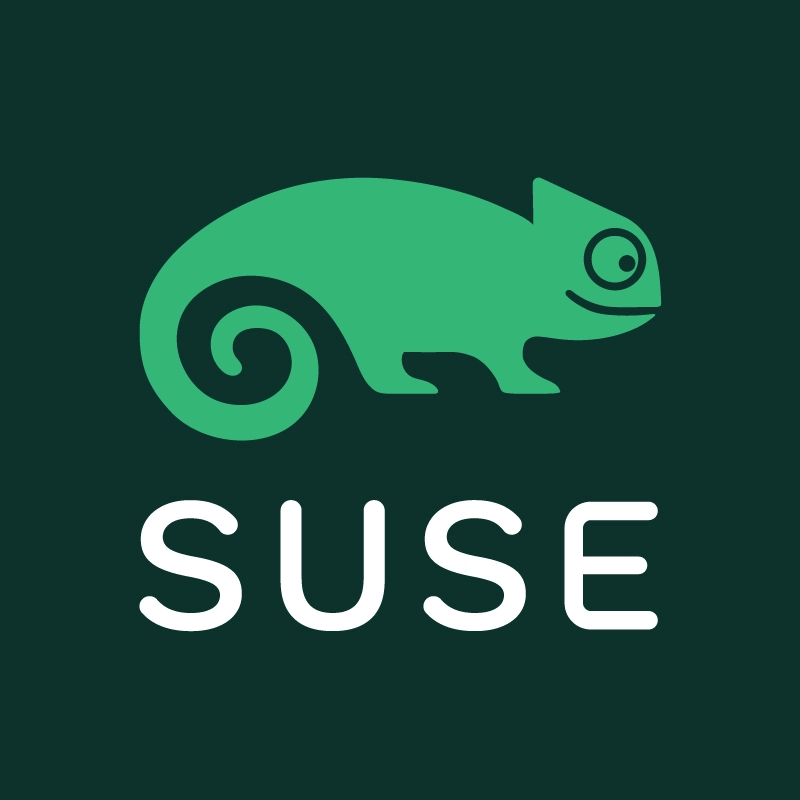I’ve been involved with Linux for a long time, and Flatpak almost seems too good to be true:
Just install any app on any distro, isolated from the base system and with granular rights management. I’ve just set up my first flatpak-centric system and didn’t notice any issues with it at all, apart from a 1-second waiting time before an app is launched.
What’s your long-term experience?
Notice any annoying bugs or instabilities? Do apps crash a lot? Disappear from Flathub or are unmaintained? Do you often have issues with apps that don’t integrate well with your native system? Are important apps missing?
It’s pretty nice on my steamdeck no issues to report. I prefer a nice Deb package but on the deck flatpaks get preserved over upgrades.
Perfection. Debian + GNOME Software + Flatpak = Rock solid and clean OS with the latest software.
There are a few things that still need to be ironed out tho. For eg. communication between desktop apps and browser extensions such as this.
Another thing I would like to see is a decent and supported way to mirror flathub and/or have offline installations.
That’s what I’m running since yesterday. Bare-bones Debian (base system + Gnome shell) with all GUI apps installed from Flatpak.
I managed to get the workaround working, but it’s nowhere near optimal to have to do that. I hope they’ll fix it
What workaround specifically?
KeepAssXC and Firefox both being flatpaks but still talking to each other
Lololol KeepAss
I’m using official flatpak Firefox because I didn’t want to wait any longer for Fedora releasing their rpm version of it. This way I get new releases right away and they are official as intended by Mozilla.
Not really a flatpak advantage, but a Firefox advantage.
Two issues I have with them.
First the size. Being on a poor internet connection makes downloading them painful. Some apps are 200MB for the apt or a flatpak install 1.5GB! Also doesn’t help with disk space.
Second I often have issues saving files. Some apps use non standard folder location and some still save them to the non standard location even when you select one of you own. Block bench was bad. I’m not sure what causes this, if it wasn’t for the size I would probably spend more time looking for a fix.
Some apps are 200MB for the apt or a flatpak install 1.5GB! Also doesn’t help with disk space.
Flatpak also installs dependencies, which are shared across Flatpak apps - So yea, the initial download sucks, but native apps actually do the same thing (you just already have the dependencies downloaded).
Also for disk space - If your fs has compression by default, a lot of it gets saved
Second I often have issues saving files
File a bug report upstream on a per-app basis
Positive to the extent that it’s my preferred. For graphical apps only, not sure I need to say that.
GitHub priority selection didn’t seem to work, but I select that as a default.
Stable, a few bugs and the user mode addition/ removal is a bonus. I don’t try to install low scored apps. I Gnome-Software and then Google for reviews.
Custom install of Fedora 38/Gnome.
I always use Flatpaks when available, I have been using it for about 1~2 years and honestly, I haven’t found any issues that are deal breakers, mostly some missing storage permissions, but KDE makes this easy to deal with. I know some apps have some issues, but the biggest one that I had is that Steam Flatpak still requires Steam-Devices to be installed as a package, but that’s more to do with the way Steam Input works.
The only issue that I have is that uninstalling Flatpaks should present an option to delete the app data.
So how do you delete app data after uninstalling?
And does uninstalling a flatpak app also uninstall flatpak dependencies that came with it?And does uninstalling a flatpak app also uninstall flatpak dependencies that came with it?
from what I have seen, NO it does not do so automatically. there is a flatpak command option to clean out unused runtimes, and another to remove user data.
delete app data after uninstalling?
you either manually delete the data, or there’s some
flatpakcommand option, or you can use a tool such aswarehousewhich is available as a flatpak.other posts list the specific commands.
you can use
flatpak remove --unused --delete-datato remove all unused dependencies and delete their data.from what I have seen, NO it does not. there is a flatpak command option to clean out unused runtimes.
It does. The unused command is mostly for after updates, then what’s used may have changed.
If you install your flatpaks through the discover store it gives you an option to delete data whenever you uninstall
Same on Gnome software
But I guess I agree that it should prompt you when doing it through a TUI
Aside from philosophical issues my experience with Flatpak has been excellent. There’s some theming steps you need to do to make them feel like regular apps, which I feel is clunky design. No Flatpak-induced instability from what I can tell. Setting up directory permissions is sometimes slightly annoying but Flatseal makes it trivial, and most Flatpak permissions are set up properly out of the box these days.
I haven’t noticed any start-time delays when launching Flatpaks as opposed to regular apps - I don’t know if they’ve fixed that or if my system is just too powerful. The only app that I’ve personally noticed is weird is VSCodium, which has trouble escalating to admin permissions when you’re trying to edit privileged files. I still use the regular version for that reason.
I haven’t noticed any start-time delays when launching Flatpaks as opposed to regular apps
OPs case sounds like it’s distro-specific, rather than Flatpak specific. Flatpaks don’t do the Snap thing that bloats start time
deleted by creator
I wasn’t able to get the
gsettingsmethod to work (I’m on Wayland KDE), and that article doesn’t say anything about theming QT Flatpaks. Also, after “installing” my GTK theme as a flatpak via the method described, it still wasn’t available to my GTK Flatpaks via theGTK_THEMEmethod. The steps in the itsfoss.com article do work, though there’s been a lot of squabbles about the “proper” way to expose themes to Flatpaks. Regardless, this all goes back to my point that theming Flatpak is clunky and should be much smoother.GTK_THEME is a development env var, it’s not expected to work in many cases. For example GtkSettings:gtk-theme won’t even contain it so apps can be confused.
The post details exactly how it works but yes it’s only about GTK.
deleted by creator
You must not have xdg-desktop-portal-gtk.
I think one recent release was also bugged but it’s fixed if up to date.
I do have
xdg-desktop-portal-gtkon Debian Stable, which is currently at 1.14.1-1. I’ll look around to see if there’s more documentation on this method, because I would prefer to not use the debug variables if possible.Edit: I launched with GTK_DEBUG=interactive and I can see the theme inside the Flatpak gets set to
Adwaita-emptyinstead of my actual theme, which does get properly returned viagsettings get org.gnome.desktop.interface gtk-themeThe way to test what GTK actually gets is this command:
gdbus call -e -d org.freedesktop.portal.Desktop -o /org/freedesktop/portal/desktop -m org.freedesktop.portal.Settings.Read org.gnome.desktop.interface gtk-theme
Most apps worked out of the box. It feels like gimp is a little bit (very tiny) slower at starting. For OpenTTD i had to manually add the x11 access in flatseal. And for osu! it is the only way i can play the current version, and that just works.
I used it once, as a last resort when I wanted to try some program that had a ridiculous set of build dependencies that was just too much. It was okay, I guess.
Never used them, maybe I’m old, but I only use app from the mx/debian repo. Everything is here and up-to-date. I prefer raw native.
The only problem I’ve encounter was the steam client not recognising my controller and then I’ve decided to install steam non-flatpak.
Flatpaks saved my bacon when I borked my Linux work computer and didn’t have time to fix it. Spent 2 months with half my apps on Flatpak because the native ones weren’t working.
It’s also great as a developer. While I do provide x86 and arm binaries, I don’t bother distributing them in 20 different formats. The website links to Flathub, and the number of distro/Mesa specific issues has dropped to 0.
Edit: Also see- Pros of Using Flatpak
My experience with flatpaks has been mostly good. I tend to opt more towards .deb based apps, with flatpak being a fallback option. With that being said, the Pycharm Pro and Spyder flatpaks don’t run well at all on my system, with Pycharm being too heavy, and Spyder crashing due to Kvantum incompatibility.









